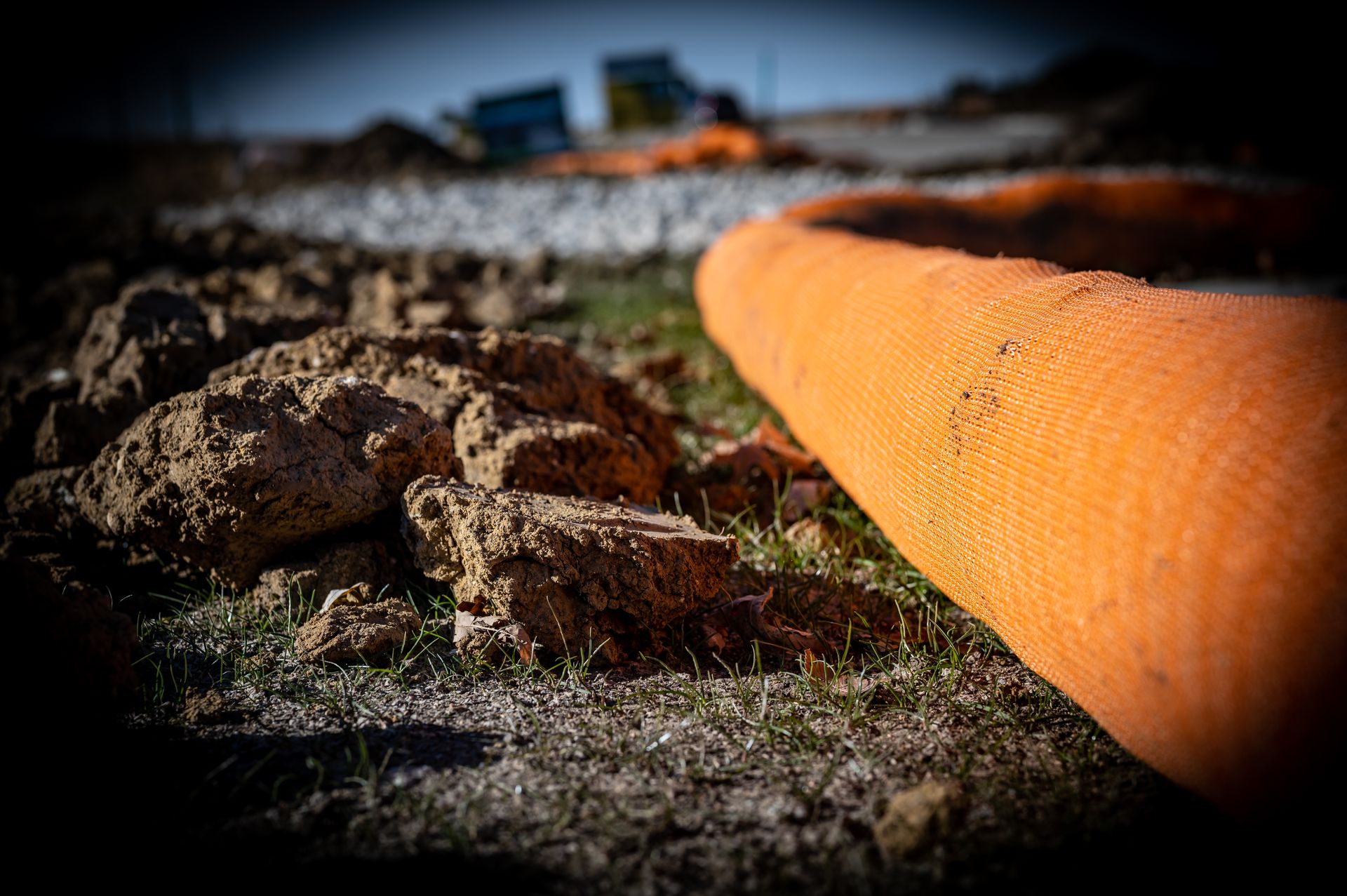According to estimates from the EPA, American households dispose of 193 million gallons of used oil every year, which is greater than the 2010 Deepwater Horizon incident that spilled 134 million gallons in the Gulf of Mexico—the equivalent of more than 200 Olympic-sized swimming pools.
Managing stormwater runoff is important in preserving our natural waterways and fighting against pollution.
One area pivotal to that fight is the construction industry, where heavy and toxic materials and soil destabilization create difficult conditions for managers to mitigate stormwater runoff.
While discussing the importance of a stormwater management plan to reduce the risk of unwanted stormwater runoff, we’d also like to discuss what construction managers should do in the event of a breach in their construction zone or unforeseen stormwater runoff.
Following are 10 dos and don’ts for construction managers to address existing stormwater management issues and mitigate any risk of additional damage.
1. Don’t Fence or Block Off Storm Outlets or Basins
While your first instinct may be to erect barriers around all outlets and exit points, you could increase the risk of further damage by destabilizing the soil and potentially flooding your construction zone. In this scenario, washout materials and other toxic substances could leak into groundwater runoff and cause heavy damage to surrounding areas.
Allow controlled stormwater outlets and other barriers to mitigate and slow down stormwater runoff like they were designed to while you fix specific issues at hand. In particular, basins can be your best friend as these manmade structures can help suspend groundwater before it leaks outside your construction site.
The key is to allow your stormwater controls to work as best as they can until you can come up with a contingency plan to resolve any breaches to your barriers or controls.
2. Do Erect Temporary Worksite Barriers
You can help control and trap the flow of sediment runoff using temporary barriers, such as permeable pavements and rain gardens. However, if these options are unavailable, you can install silt fences or organic filter tubes down slopes that help filter out sediment and heavy material. Even simple steps like stockpiling gravel near existing can also help slow down the stormwater flow and suspend sediment before it leaves your site.
3. Don’t Leave Soil Unstabilized
Not only does destabilizing soil eliminate a natural sediment barrier, but it can also greatly contribute to sediment pollution.
Therefore, if your construction project disturbs the soil around your worksite and contributes to pollution, you need to find ways to temporarily stabilize vegetation in that area. There are several methods to artificially stabilize soil for the time being, including erecting rain gardens, enzymatic soil stabilization, and even applying geotextiles to prevent further erosion.
4. Do Apply Vegetation Strategically Prevent Sediment Runoff
As we previously mentioned, vegetation and soil can be an effective control against sediment pollution.
That’s why we recommend applying temporary controls, such as grass sod surrounding inlets or thick vegetation on slopes where runoff is traveling downhill to break up sediment flow and filter out particles. Vegetation is cheap and easier to apply than other structures, making them ideal in emergencies.
5. Don’t Leave Construction Materials Uncovered
One of the most important aspects of controlling a stormwater breach at your construction site is preventing further pollution.
Whether you’re dealing with a damaged stormwater control or a freak weather event, it’s important to properly store and prevent toxic materials from being exposed to runoff. This step includes properly storing all construction materials, such as stucco, paint, wood, grease, oil, and concrete, to prevent toxic materials from co-mingling with stormwater runoff.
6. Do Practice Proper Waste Disposal
Follow proper procedure to dispose of and recycle all used construction materials to prevent clutter at your worksite and any additional risk of pollution. Work with local waste disposal companies to get rid of waste quickly before it is subject to rain or anomalous weather that could cause it to co-mingle with stormwater runoff.
7. Don’t Allow Transport Vehicles to Enter Worksites Uncleaned
Be sure to wash vehicles before they enter construction sites and on-site, if necessary, to prevent toxic materials from co-mingling with stormwater runoff. In certain cases, when a breach has occurred, it might even be ideal to wash construction vehicles on site in appropriate facilities if they risk tracking toxic materials in the path of stormwater runoff.
8. Do Create Washout Basins for Toxic Materials
On the flip side, if a construction vehicle carries toxic materials like concrete to and fro worksites, you will need to establish proper washout protocols to prevent exposure to stormwater runoff. Again, this is a relatively common BMP of any SWPPP, but very important to practice when a breach is uncovered and being actively fixed at a work zone.
9. Don’t Try to Handle Runoff Yourself
If you’re inexperienced in stormwater management or don’t know what to do next, be sure to call proper authorities, including local regulators or consultants. Attempting to stem the problem without following proper BMPs can exacerbate problems and lead to a mess of issues, including fines and pollution of local environments.
10. Do Consult with a Professional
Thankfully, there are local environmental consultants you can call who will guide you about best practices to mitigate any damage from runoff and erect temporary structures that prevent additional runoff.
In addition, a qualified consultant can also coach your worksite on the best practices for stormwater management to help prevent future breaches and ensure all construction projects run smoothly.
At Path Light Pro, we offer guidance on BMPs to help you establish a safe SWPP before a construction project and can actively navigate you through any breaches as they occur on your worksite. Call our number up top to see what we can do for you.





